
Line Dance Cultural Origins – Everything You Should Know
Line dancing, with its simple yet engaging steps, has evolved into a globally popular activity that is enjoyed by people of all ages. From country music to pop hits, line dancing has a way of bringing people together on the dance floor. But where did this dance style come from, and what cultural influences shaped it? In this article, we’ll explore the rich cultural origins of line dancing and how it has grown into the beloved activity we know today.
- 1. The History of Line Dancing
- 2. Line Dance’s Influence from Country Music
- 3. Line Dance Variations Around the World
- 4. Line Dance Popularity in Modern Times
- 5. Teaching Line Dancing to Families
- 6. Line Dance as a Form of Community
1. The History of Line Dancing
Line dancing, in its modern form, can trace its roots back to the traditional folk dances of Europe. The idea of individuals dancing in unison in rows or lines is seen in many cultures, including the French quadrille and the English country dances. However, the version of line dancing we recognize today began to take shape in the United States in the 20th century, particularly in the 1960s and 1970s. It gained traction in the American South, especially in rural areas, where people enjoyed gathering to dance to popular music.
2. Line Dance’s Influence from Country Music
While line dancing has diverse cultural origins, its deep connection to country music cannot be overlooked. Country music’s rise in the U.S. during the 20th century played a pivotal role in popularizing line dancing. Classic songs like “Achy Breaky Heart” by Billy Ray Cyrus helped solidify line dancing’s status as a staple in country music venues. Dances like the “Boot Scootin’ Boogie” became synonymous with honky-tonk bars, fairs, and country festivals.
3. Line Dance Variations Around the World
As line dancing gained popularity, it began to be embraced by cultures around the world. In Australia, for example, line dancing merged with the country-western style and became a popular social activity. Similarly, in Europe, line dance groups in places like the UK and France put their own spin on the dance, incorporating traditional music and modern pop hits. These variations helped expand line dancing from its American roots to a global phenomenon.
4. Line Dance Popularity in Modern Times
In today’s world, line dancing continues to thrive. Whether it’s part of a fitness class or a social event, it has found its place in the modern dance scene. The rise of dance competitions, reality TV shows like “Dancing with the Stars,” and viral dance challenges on social media have brought line dancing back into the spotlight. It’s also become an accessible activity for families, offering a fun way to stay active and connected.
5. Teaching Line Dancing to Families
One of the great things about line dancing is that it can be enjoyed by people of all ages. Teaching line dancing to children and families is an excellent way to promote physical activity and improve coordination while fostering a sense of togetherness. Parents can introduce line dancing to their kids by starting with easy steps and progressing to more complex routines as everyone becomes more comfortable.
6. Line Dance as a Form of Community
Line dancing is more than just a form of exercise or entertainment—it is a powerful community-building activity. Across the U.S. and worldwide, dance events, competitions, and social gatherings are organized specifically for line dancers to meet and celebrate their shared passion. Whether it's a local community center, a dance club, or a large event like the “National Line Dance Day,” these gatherings foster inclusivity and create lasting bonds among dancers.
Whether you’re new to line dancing or have been dancing for years, embracing its cultural origins and ongoing evolution can deepen your appreciation for this fun and inclusive activity. To learn more about the best places to dance and take classes, check out American Dance Academy for expert classes and information about dance opportunities for all levels.
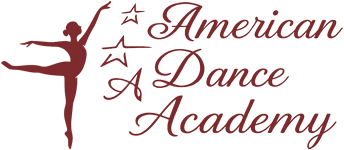
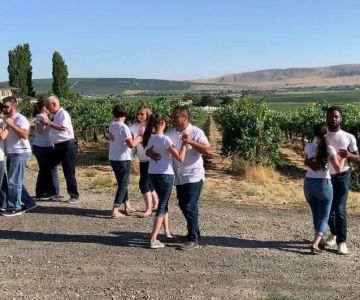
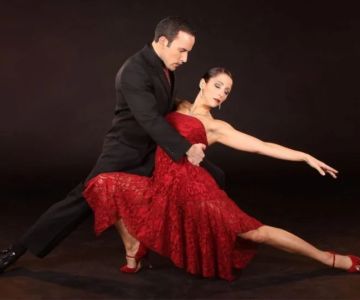

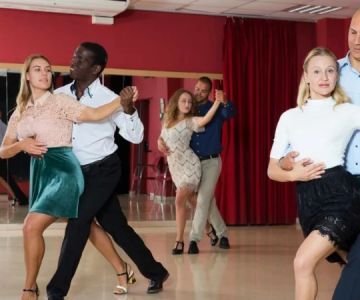
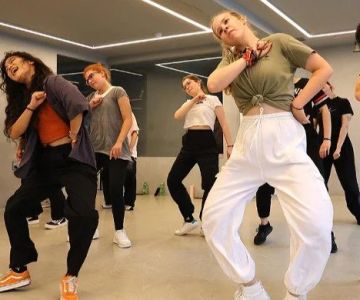
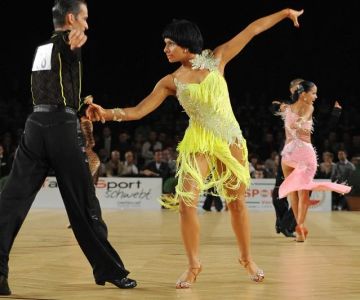
 Barbara Ann's School of Dance4.0 (17 reviews)
Barbara Ann's School of Dance4.0 (17 reviews) Arthur Murray Dance Studio Redwood City4.0 (19 reviews)
Arthur Murray Dance Studio Redwood City4.0 (19 reviews) Out On A Limb Dance Co5.0 (21 reviews)
Out On A Limb Dance Co5.0 (21 reviews) Viking Gymnastics & Dance4.0 (109 reviews)
Viking Gymnastics & Dance4.0 (109 reviews) Creation Station Dance4.0 (40 reviews)
Creation Station Dance4.0 (40 reviews) Pole at Play5.0 (26 reviews)
Pole at Play5.0 (26 reviews)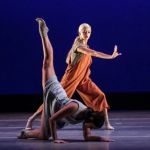 Top 10 Contemporary Dance Moves to Try in 2025
Top 10 Contemporary Dance Moves to Try in 2025 Are There Dances in Middle School? What Students and Parents Should Know
Are There Dances in Middle School? What Students and Parents Should Know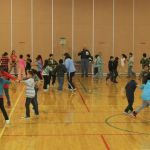 Do They Still Teach Square Dancing in School?
Do They Still Teach Square Dancing in School? Hip Hop Step by Step Guide: Everything You Should Know
Hip Hop Step by Step Guide: Everything You Should Know Do High Schools Still Have Dances? Exploring Modern Traditions and Trends
Do High Schools Still Have Dances? Exploring Modern Traditions and Trends When Is the Homecoming Dance in High School? Everything You Should Know
When Is the Homecoming Dance in High School? Everything You Should Know